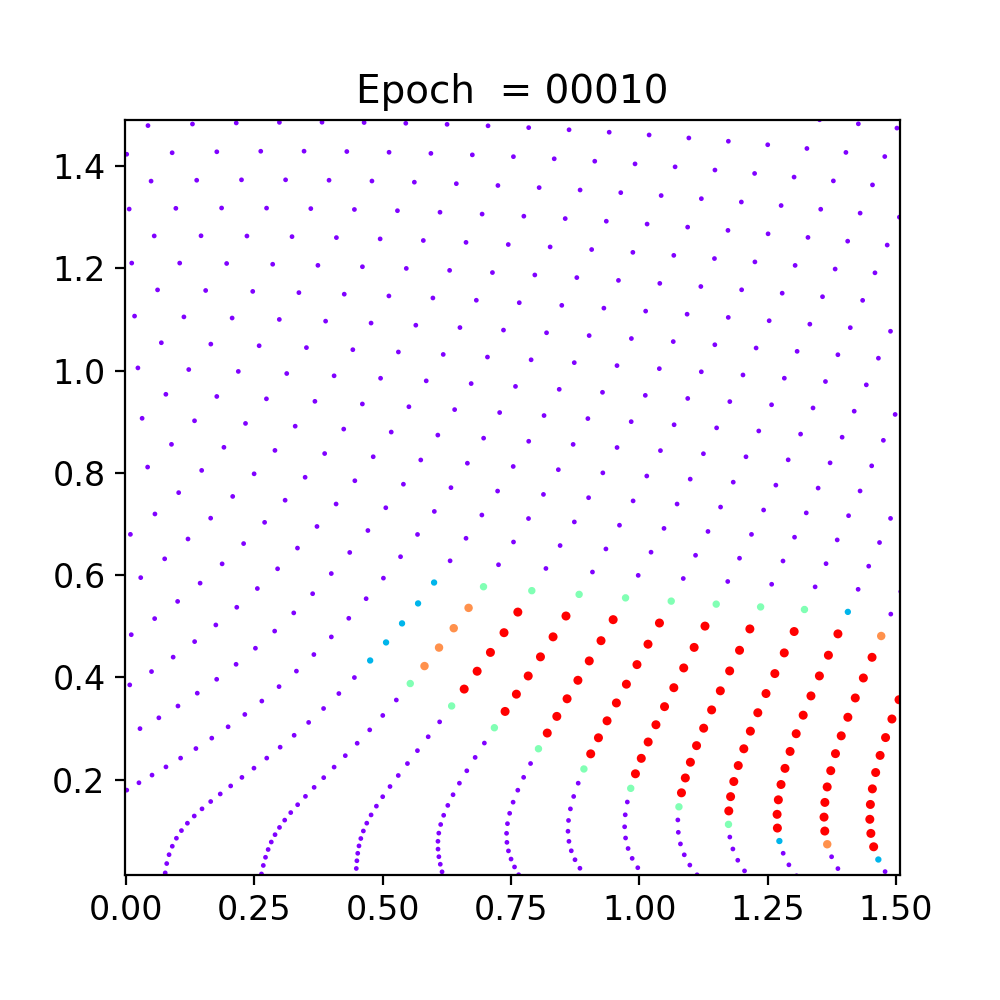Learning solution of nonlinear constitutive material models using physics-informed neural networks: COMM-PINN
We applied physics-informed neural networks to solve the constitutive relations for nonlinear, path-dependent material behavior. As a result, the trained network not only satisfies all thermodynamic constraints but also instantly provides information about the current material state (i.e., free energy, stress, and the evolution of internal variables) under any given loading scenario without requiring initial data. One advantage of this work is that it bypasses the repetitive Newton iterations needed to solve nonlinear equations in complex material models. Additionally, strategies are provided to reduce the required order of derivative for obtaining the tangent operator. The trained model can be directly used in any finite element package (or other numerical methods) as a user-defined material model. However, challenges remain in the proper definition of collocation points and in integrating several non-equality constraints that become active or non-active simultaneously. We tested this methodology on rate-independent processes such as the classical von Mises plasticity model with a nonlinear hardening law, as well as local damage models for interface cracking behavior with a nonlinear softening law. In order to demonstrate the applicability of the methodology in handling complex path dependency in a three-dimensional (3D) scenario, we tested the approach using the equations governing a damage model for a three-dimensional interface model. Such models are frequently employed for intergranular fracture at grain boundaries. We have observed a perfect agreement between the results obtained through the proposed methodology and those obtained using the classical approach. Furthermore, the proposed approach requires significantly less effort in terms of implementation and computing time compared to the traditional methods.
PDF Abstract